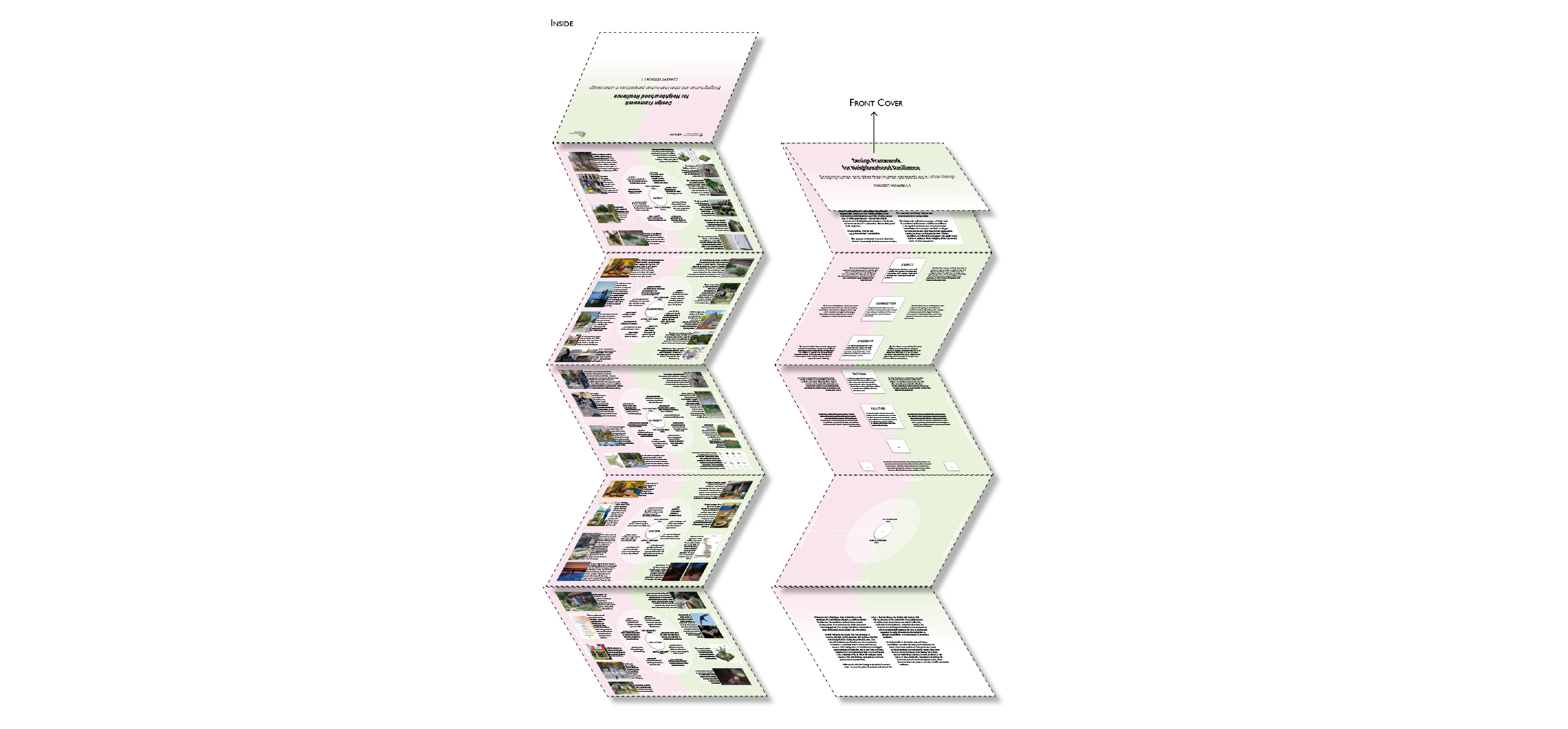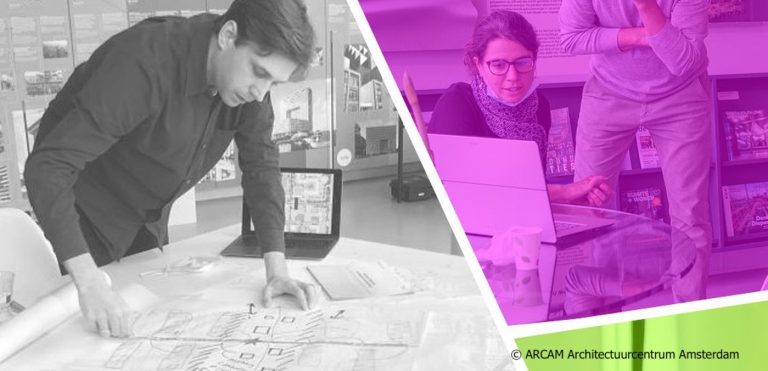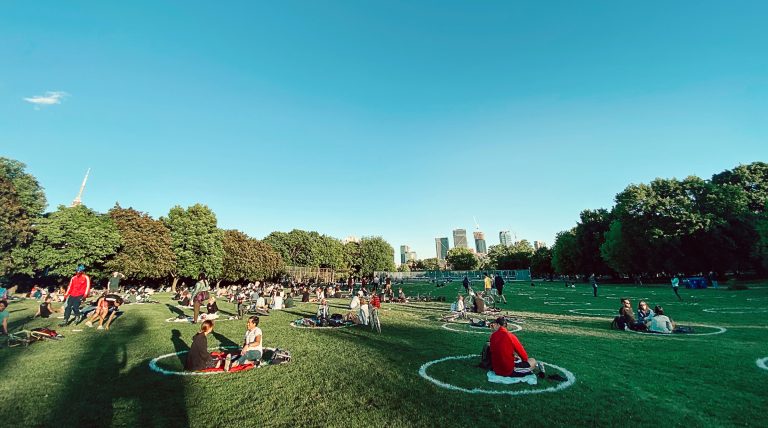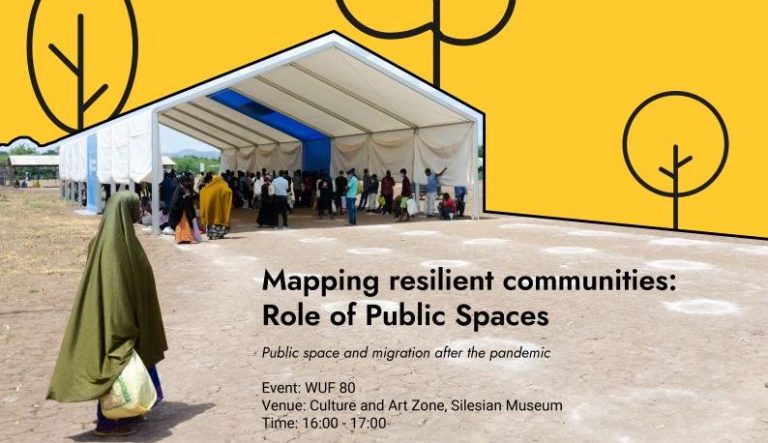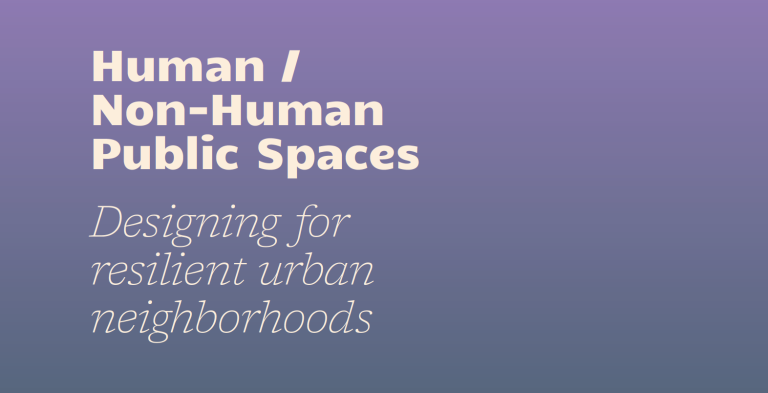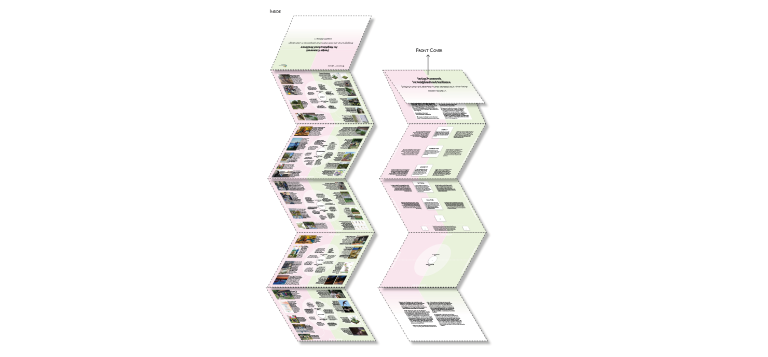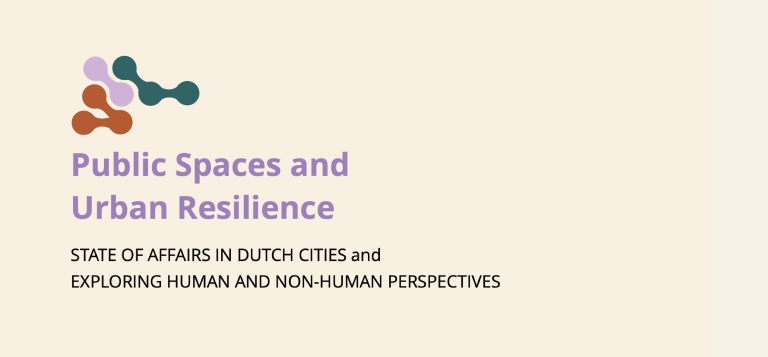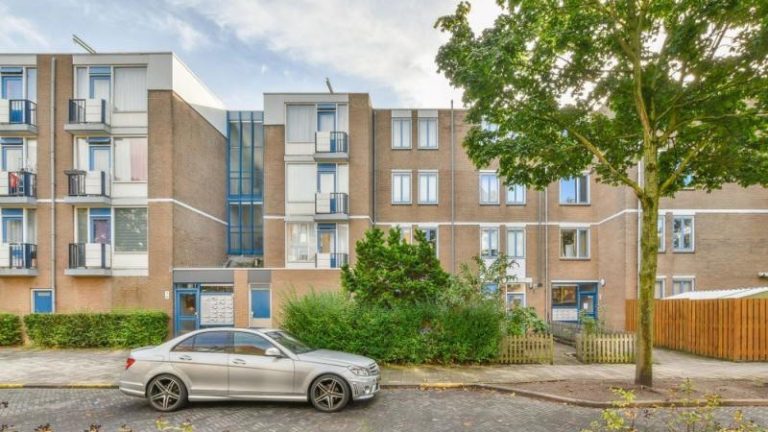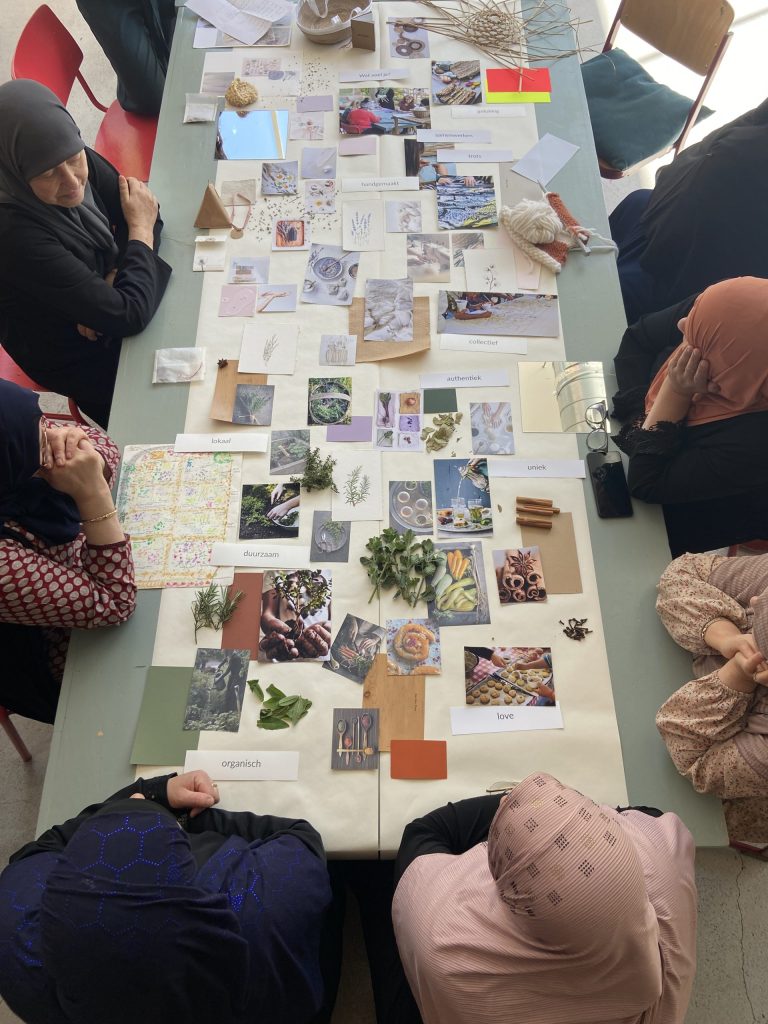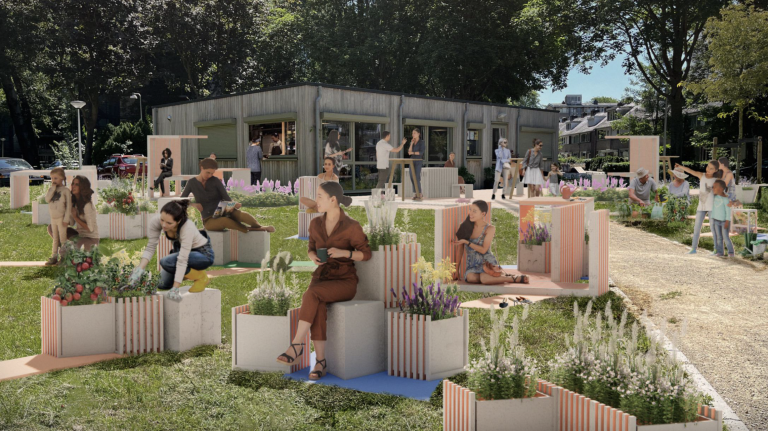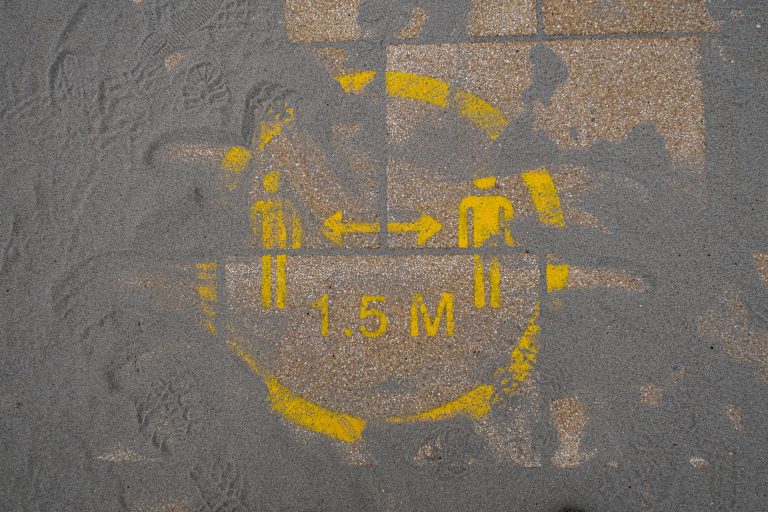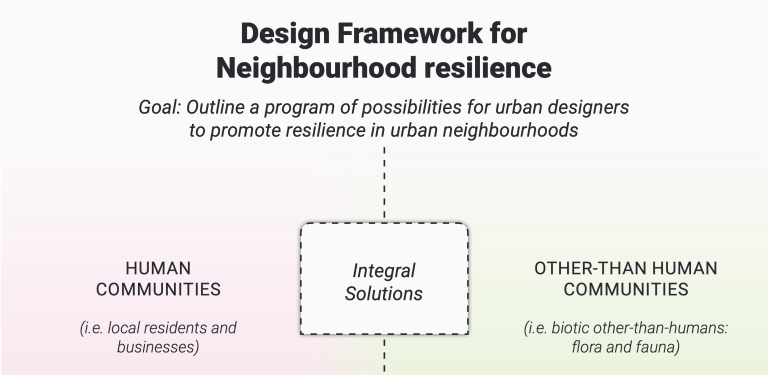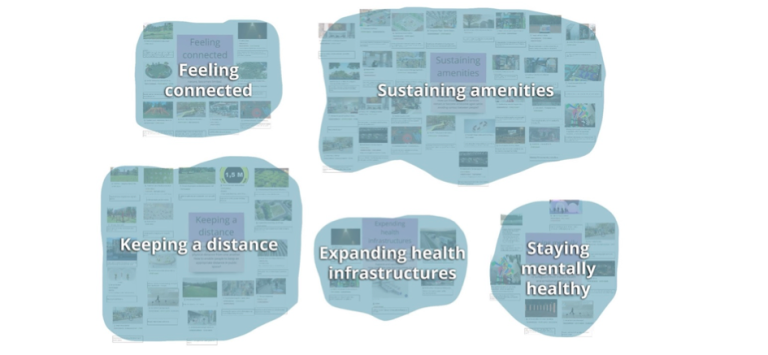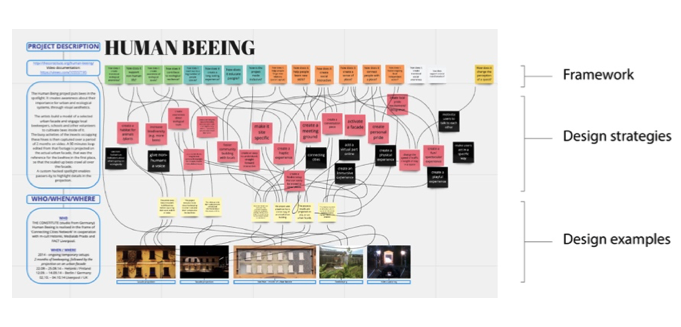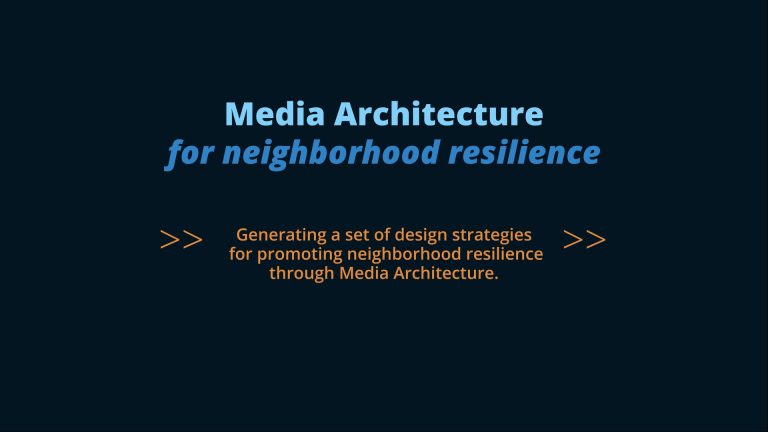Design Framework for Neighbourhood Resilience: Bridging human and other-than-human perspectives in urban design
Introduction
This leaflet showcases a design framework for building community resilience in urban neighbourhoods. At its core, the framework challenges designers and other professionals to not only consider resilience in human communities, but also in other-than-human communities, including plants and animals. The framework proposes a set of five concepts that help bridging these two perspectives; each concept describes an important condition for community resilience to emerge for both humans and non-humans.
Urban resilience, Public space and civic engagement
A growing portion of the human population lives in urban environments. These environments, and the citizens that reside in it, have to face various shocks and stressors. The Covid-19 pandemic is a striking example, impacting people’s daily lives in ways unimagined before. Besides these recent and ongoing developments, other challenges are at the horizon. The impacts of climate change are already clearly visible, through issues such as urban heat and flooding, while the effects of biodiversity loss, such as food and resource accessibility, are not clearly visible yet. The framework in this leaflet offers directions for urban designers to address these various shocks and stressors, with a particular focus on building more resilient communities through public space and civic engagement. Furthermore, it challenges designers to look beyond human communities, and also contribute to the resilience of other-than-human communities.
Reading guide
The framework is presented in two parts. First, the framework, its rationale and its key concepts are introduced. This offers designers an initial understanding of resilience in human and other-than-human communities. Second, the leaflet offers concrete directions for designing according to this understanding; here, each of the concepts is supplemented with both spatial and civic design examples and strategies.
